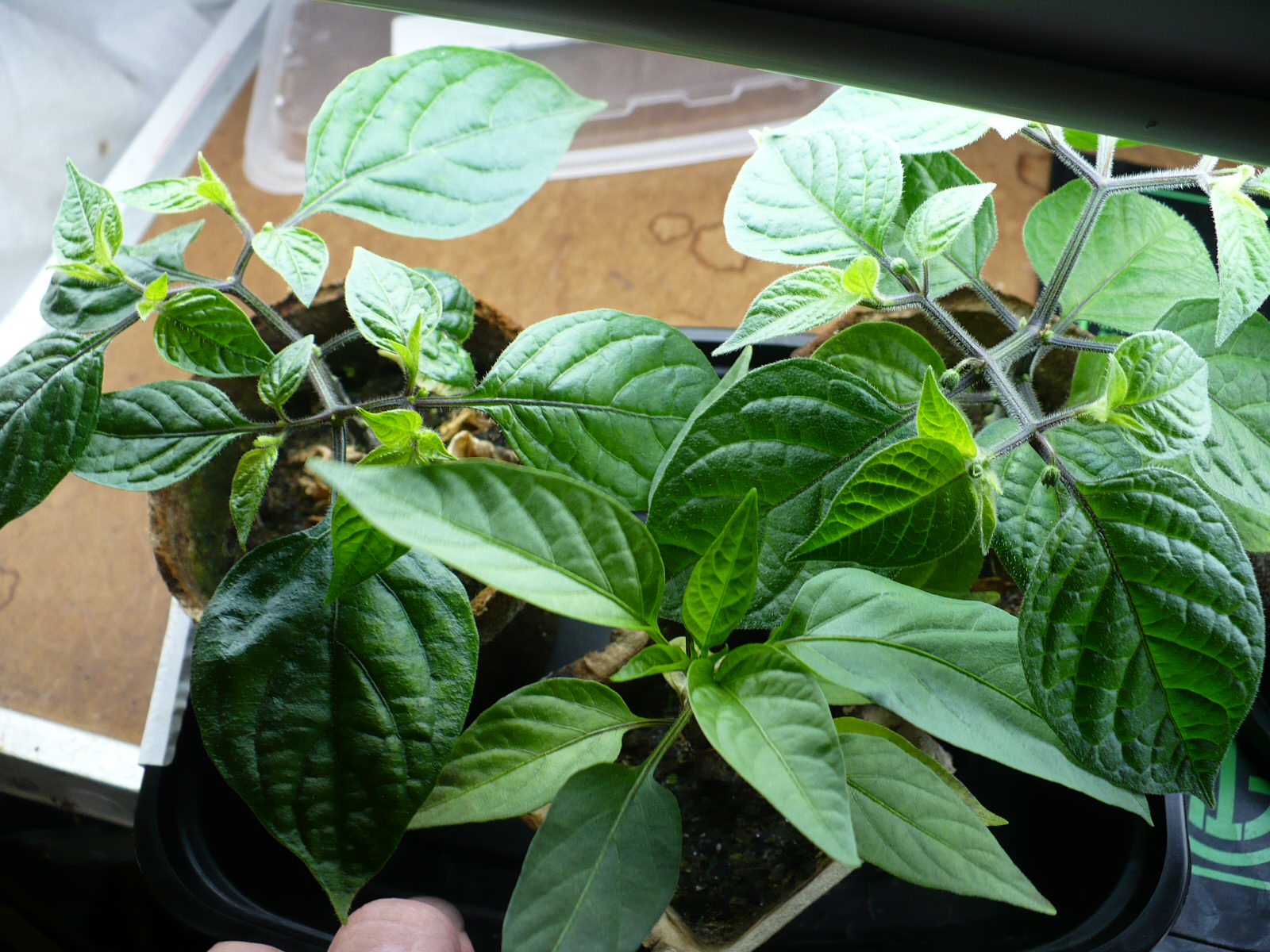solid7 said:
You mean like the humic and fulvic acids that are present in compost?

It's a lot of worry for nothing. Until somebody can quantify the amount, and show that it's a threat, I am very confident that it's not. So confident, in fact, that I regularly make teas with tap water. The idea that you can't make good teas from tap water is really just a lot of hooey from the militant organic crowd.
The link that I posted stated that chlorine and chloramine were only shown to kill ANY amount of bacteria in the first 1/2" of soil After that, the bacteria were thriving. And, as was duly noted, the reproduction rate of microbes/bacteria is so explosive, that the effect almost completely negated any die-off.
It should also be noted that "organic acids" can be the by-product of any bacteria die-off. So, even in a soilless media or in tea, the chlorine/chloramine is going to be eliminated/metabolised.
I don't think anything in my post disagrees with what you said. I mentioned that I wouldn't make teas or use chlorinated water in soil-less media where you might have a less resilient rhisozphere and you are dismissing these suggestions broadly by applying a single "experiment". I spend a significant amount of time at my job working as a microbiologist and I also have worked on isolating bacterial samples from environmental samples so I have a little background that might help you understand where I'm coming from. What I'm saying has nothing to do with being militantly pro-organic and has everything to do with good scientific practice in certain instances. Making a compost tea with chloramine and chlorine is bad practice.
You seem to give good advice on the forum in general but you're kind-of talking out of your ass when it comes to your understanding of bacteria and microbes here. Chlorine and chloramines will have differential effects from microbe to microbe based on concentration in the water and the physical biology of the organisms. Now here is where my background in this area comes in: a principle element in the isolation of microbes involves using chemicals that have differential effects on bacteria to make it easier to isolate from a species rich sample. Just like I use antibiotics and bacteriostatic compounds to alter the growth of the off target bacteria I don't want to isolate in the lab chlorine and chloramine will have a variable effect on all organisms in the tea that ranges from doing nothing to killing an organism.
Here is a example of how addition of bacterial inhibiting substances would play out in a compost tea: Two solutions of molasses one made with chlorinated tap water and one with dechlorinated are inoculated Yeast A, Bacteria B, Bacteria C and Fungi D.
Condition A (chlorine remains in tap water prior to inoculation):
Yeast A is unaffected by chlorine and begins to reach logarithmic growth after its initial adaptation period to the molasses.
Bacteria B is somewhat inhibited by the chlorine and takes 2 hours longer than typical to reach logarithmic growth.
Bacteria C isn't inhibted at all and takes a normal amount of time to adapt to the sugar source and grow logarithmically.
Fungi D is physically damaged by the chlorine and while it wasn't going to grow on the molasses it has been rendered unable to colonize the rhizosphere.
Compost Tea A when ready contains a population breakdown of 60% of yeast A because it was allowed to dominate the sugar for longest, 30% Bacteria C because it was the next fastest to adapt to the food source, 10% Bacteria B because by the time it kicked into gear the sugar source was waning and also has an inactivated FungI D.
Condition B (chlorine is removed)
Yeast A is unaffected and begins to reach logarithmic growth after its initial adaptation period.
Bacteria B takes 2 hours adapt to the molasses and reach logarithmic growth
Bacteria C takes 4 hours to adapt to the molasses and reach logarithmic growth
Fungi D does not grow yet remains stable in the tea.
Compost Tea B when ready contains a population break down of 40% Yeast A, 40% Bacteria B since it was the next fastest to adapt, 20% Bacteria C since by the time it had adapted to the molasses Yeast and and Bacteria B had eaten most of the sugar. The fungi is viable and able to colonize the rhizosphere.
Levels of cholorine and chloramines vary ALOT within (water treatment may have to increase chlorine in the water if contaminants are detected or depending on the time of year) and between water sources as well which makes your broad statement even more ridiculous. I hope the above example is a clear way of explaining why its not good scientific practice to use chlorinated water for teas. So anyone reading this please don't listen to Solid7s advice on making compost tea with chlorinated/chloraminated water.
Solid tips for a newbe. Can you PM me the link on that video.

